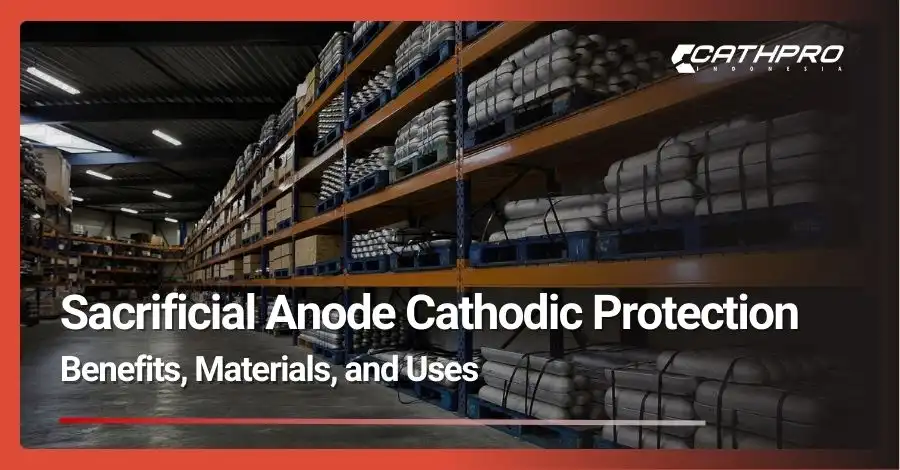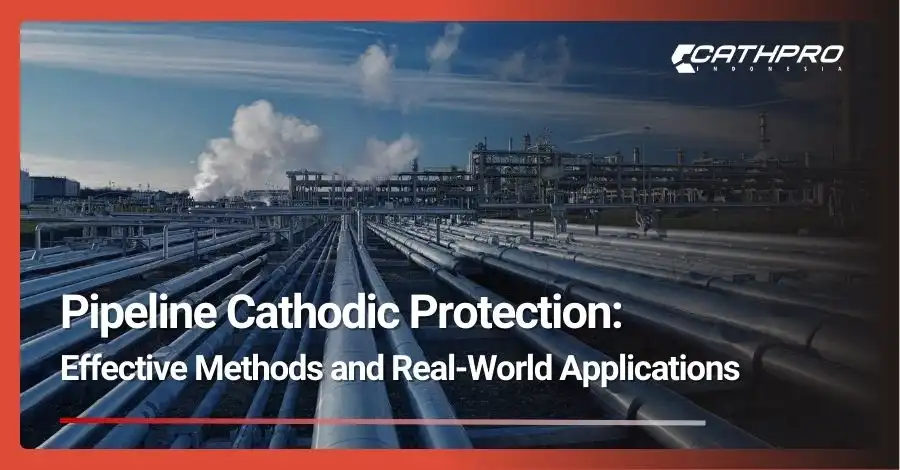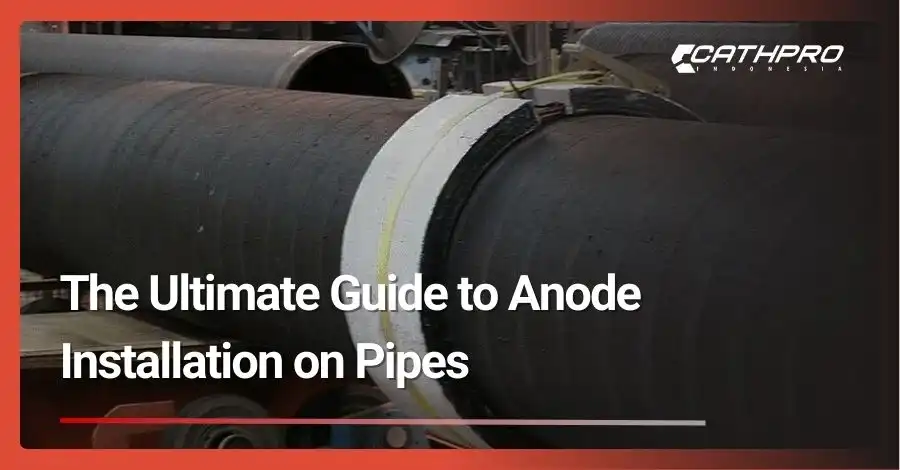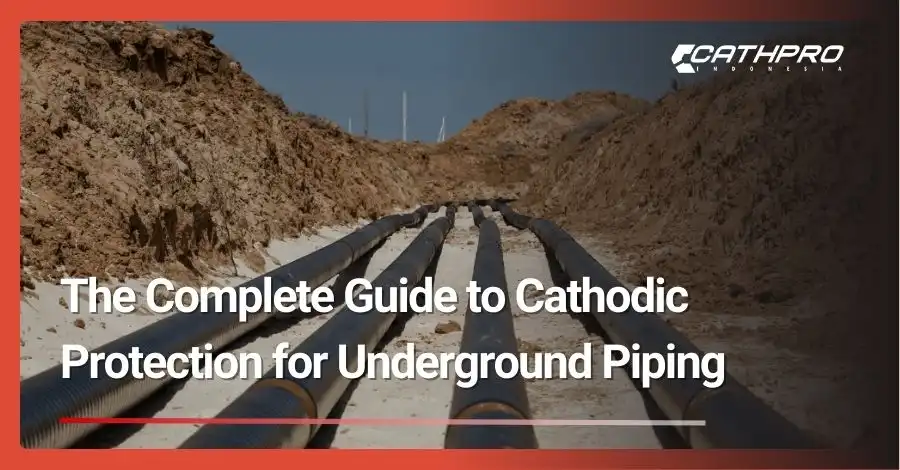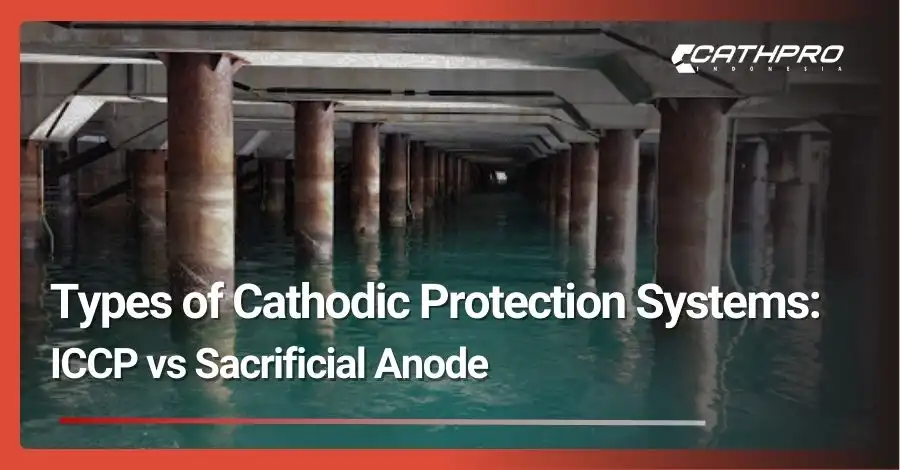Imagine losing millions of dollars worth of infrastructure to an invisible enemy that never sleeps – corrosion. Every year, corrosion costs the global economy over $2.5 trillion, making it one of the most expensive maintenance challenges across industries. But what if there was a simple, cost-effective solution that could protect your valuable assets by literally sacrificing itself? Enter sacrificial anode cathodic protection, a time-tested method that has been safeguarding metal structures for decades.
This ingenious corrosion prevention technique works by using a more reactive metal to protect less reactive ones, creating a protective barrier that extends equipment lifespan significantly. Whether you’re managing offshore platforms, underground pipelines, or marine vessels, understanding how sacrificial anode cathodic protection works could save you substantial maintenance costs and prevent catastrophic failures.
Introduction to Sacrificial Anode Cathodic Protection
Sacrificial anodes are metals specifically chosen to corrode preferentially, protecting more valuable structures from electrochemical damage. Think of them as bodyguards for your infrastructure – they take the hit so your expensive equipment doesn’t have to.
This method ranks among the simplest cathodic protection methods available today. Unlike complex electrical systems, sacrificial anodes require no external power source or sophisticated monitoring equipment. They work automatically through natural electrochemical processes, making them incredibly reliable for remote or inaccessible locations.
The beauty of sacrificial anodes lies in their self-regulating nature. They automatically adjust their protective current based on the corrosion demand of the structure they’re protecting, providing exactly the right amount of protection without over-protection risks.
How Sacrificial Anode Cathodic Protection Works
The science behind sacrificial anode cathodic protection revolves around galvanic corrosion principles. When two different metals are electrically connected in an electrolyte (like seawater or soil), the more active metal becomes the anode and corrodes, while the less active metal becomes the cathode and remains protected.
Here’s how the anode “sacrifices” itself: the sacrificial anode has a lower electrode potential than the structure it protects, causing electrons to flow from the anode to the cathode (protected structure). This electron flow creates a protective current that shifts the structure’s potential to a level where corrosion cannot occur.
Modern corrosion control systems leverage this natural phenomenon by strategically placing anodes to create protective zones around critical infrastructure. The process continues until the anode material is completely consumed, at which point replacement becomes necessary.
Common Materials for Sacrificial Anodes
Zinc Anodes
This product is the gold standard for marine cathodic protection applications. Their electrode potential makes them ideal for seawater environments where chloride ions accelerate corrosion processes.
These anodes perform exceptionally well in high-conductivity environments, providing consistent protection for ship hulls, offshore platforms, and seawater intake systems. Zinc’s relatively slow consumption rate ensures extended service life in marine applications.
Magnesium Anodes
Superior material in soil and freshwater applications, particularly for pipeline cathodic protection systems. Their high driving voltage makes them perfect for low-conductivity environments where other anode materials might struggle.
Underground storage tanks, buried pipelines, and freshwater cooling systems benefit tremendously from magnesium’s aggressive protective action. However, their higher consumption rate requires more frequent replacement compared to other anode materials.
Aluminum Anodes
This Anode Metal offer the longest service life among sacrificial anode materials, making them cost-effective for large-scale marine installations. Their excellent current capacity and low consumption rate provide outstanding value for offshore structures and large vessels.
These anodes perform particularly well in deep seawater applications where replacement costs are prohibitively high. Their superior performance-to-weight ratio makes them ideal for weight-sensitive applications like floating platforms.
Key Benefits of Sacrificial Anode Cathodic Protection
The advantages of sacrificial anodes extend far beyond their simplicity. Installation typically requires minimal technical expertise, reducing project costs and timeline significantly. Most systems can be installed during routine maintenance windows without specialized equipment.
No external power source means zero operating costs after installation. This independence from electrical infrastructure makes sacrificial anodes perfect for remote locations where power supply is unreliable or unavailable. Corrosion prevention solutions don’t get more maintenance-free than this.
For small to medium-scale assets, sacrificial anodes provide the most cost-effective protection available. Their automatic operation eliminates the need for constant monitoring and adjustment, reducing long-term operational expenses considerably.
Common Uses and Applications
Pipelines and Underground Tanks
Pipeline cathodic protection represents one of the most critical applications for sacrificial anodes. Oil and gas pipelines spanning thousands of miles rely on strategically placed anodes to prevent catastrophic failures that could result in environmental disasters.
Underground storage tanks for fuel, chemicals, and water utilize corrosion control systems featuring sacrificial anodes to prevent leaks that could contaminate soil and groundwater. The reliability of these systems makes them essential for environmental protection.
Ships, Boats, and Offshore Structures
Marine cathodic protection keeps the global shipping industry afloat – literally. Sacrificial anodes for ships protect hulls, propellers, rudders, and other submerged components from the aggressive marine environment.
Offshore oil platforms, wind farms, and aquaculture facilities depend on robust anode systems to maintain structural integrity in harsh ocean conditions. The cost of marine structure failure far exceeds the investment in proper cathodic protection.
Industrial Storage Tanks and Facilities
Sacrificial anode cathodic protection applications extend throughout industrial facilities, protecting everything from process vessels to cooling water systems. Chemical plants, refineries, and power generation facilities rely on these systems to maintain operational reliability.
Water treatment plants use extensive anode systems to protect their infrastructure from the corrosive effects of treated water and chemical additives, ensuring consistent service delivery to communities.
Limitations and Considerations
While cathodic protection methods using sacrificial anodes offer numerous advantages, they do have limitations. Their finite lifespan means regular replacement is inevitable, creating ongoing maintenance requirements that must be factored into lifecycle cost calculations.
Corrosion control limitations become apparent in large-scale applications where the current demand exceeds what sacrificial anodes can practically provide. In such cases, impressed current cathodic protection (ICCP) systems may be more appropriate.
The effectiveness of sacrificial anodes depends heavily on environmental conditions. High-resistivity soils or extremely aggressive environments may require alternative protection strategies or hybrid systems combining multiple approaches.
Conclusion
Sacrificial anode cathodic protection remains one of the most reliable and cost-effective corrosion prevention solutions available today. Its simplicity, reliability, and automatic operation make it ideal for countless applications across industries worldwide.
Success depends critically on selecting the appropriate anode material for your specific environment. Zinc excels in marine applications, magnesium dominates soil and freshwater protection, while aluminum provides long-term value for large marine structures.
Ready to protect your valuable assets from corrosion damage? Cathpro Indonesia, leading corrosion protection specialists, can design a custom sacrificial anode cathodic protection system tailored to your specific needs.
Contact Cathpro Indonesia today for expert consultation on corrosion prevention solutions that will extend your equipment’s lifespan and reduce maintenance costs significantly. Don’t let corrosion eat away at your profits – take action now and secure your infrastructure’s future with trusted expertise.

